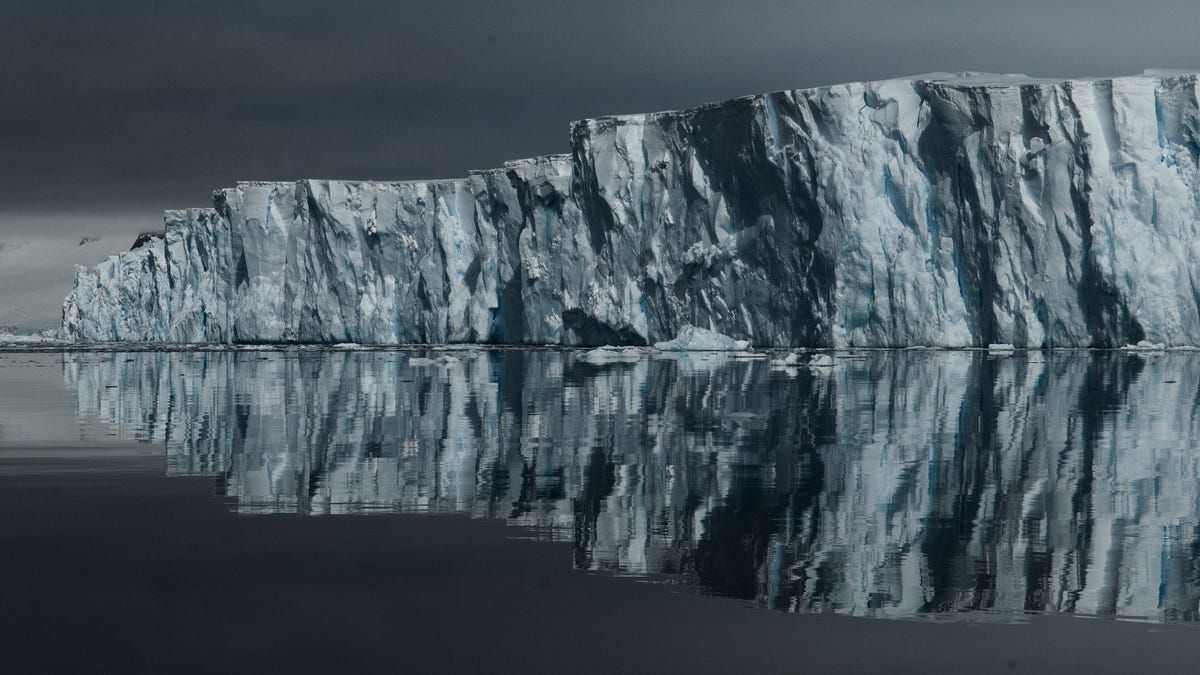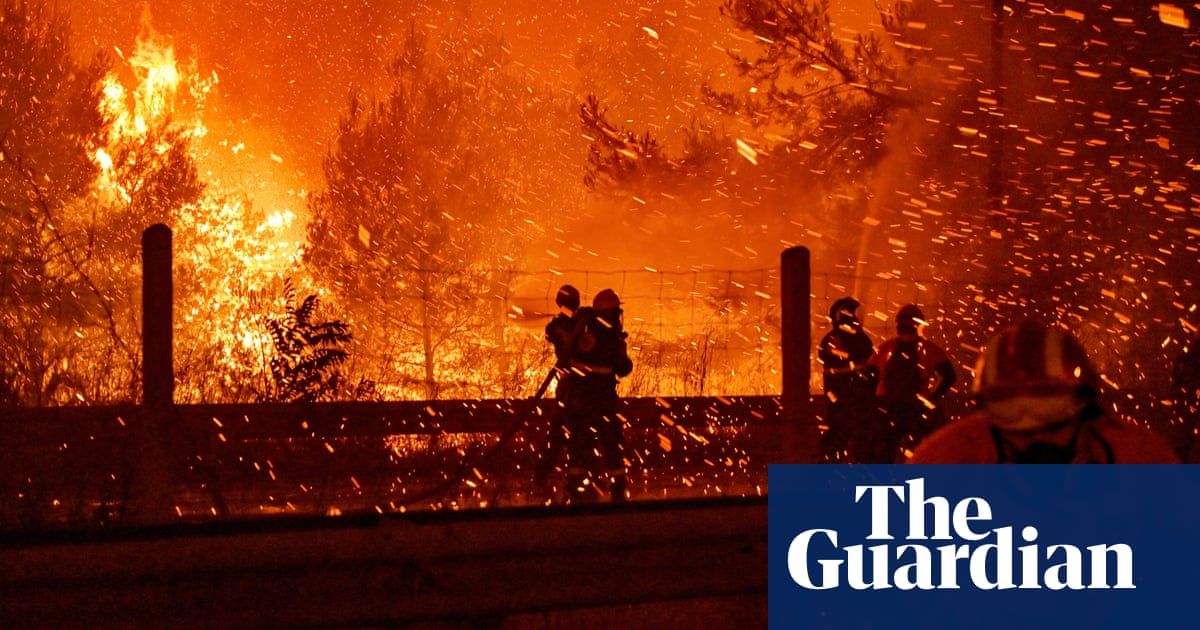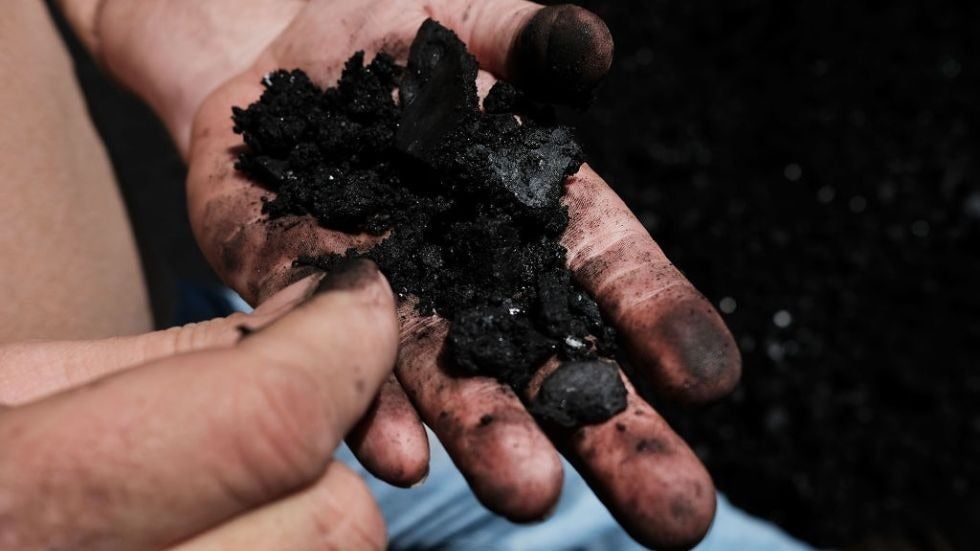
Good pop science article on next steps to find out what is going on with Thwaites:
"The team is part of the International Thwaites Glacier Collaboration, which has spent the past few years documenting what’s going there. Their findings have been, to put it lightly, pretty unnerving. Poking and prodding the glacier and ice shelf that extends over the Amundsen Sea have revealed warm water rapidly carving channels deep into the ice and pushing farther inland. In a summary of their findings given late last year, researchers revealed that parts of the ice shelf are receding as fast as 1.2 miles (2 kilometers) per year, and the glacier could become completely unmoored from the bedrock it sits on by the time we’re ringing in the new year in 2030.
…
“Before we get more data, what we only know is that the ocean is melting the ice shelves,” Rob Hall and Yxi Xheng, scientists at the University of East Anglia, and Rob Larter, a researcher with the British Antarctic Survey, wrote in a joint email while en route to Thwaites. “So we’re expecting to find signal[s] of meltwater discharge from the base of ice shelves. But how much and how fast the ice shelves are melting are still uncertain. We want to get more data showing how much heat is transported toward the glaciers, and at the same time to get data showing how the ocean conditions are changing due to the melting glaciers.”
…
All this effort will help us understand what’s going on with Thwaites Glacier and refine projections of sea level rise. The fate of humanity really is in Thwaites’ icy hands. The glacier is a key buttress against West Antarctica, a region that contains enough ice to raise sea 10 feet (3 meters) globally. While all that ice wouldn’t immediately pour into the ocean if Thwaites disappeared, it would certainly speed up the transition from the “fucking around” to the “finding out” phase of climate change.
"




























